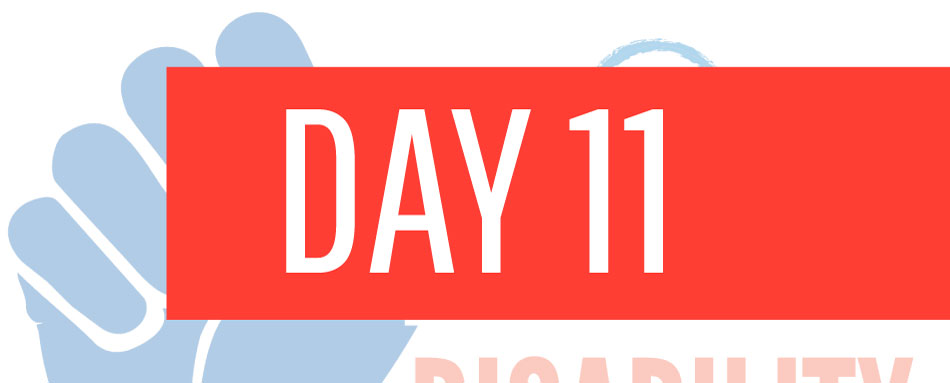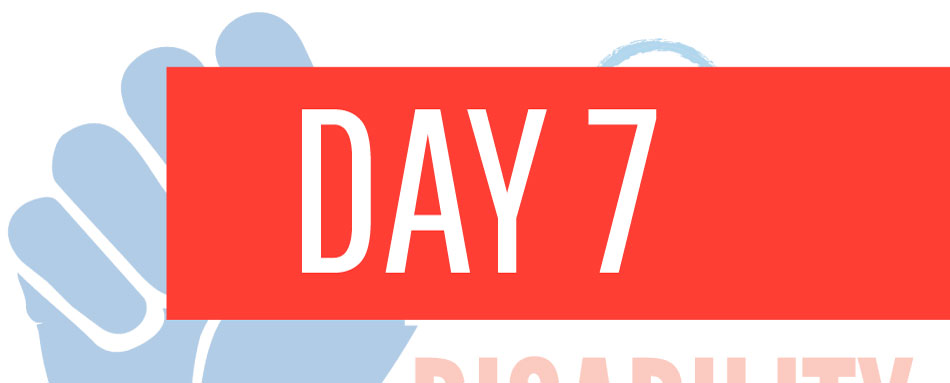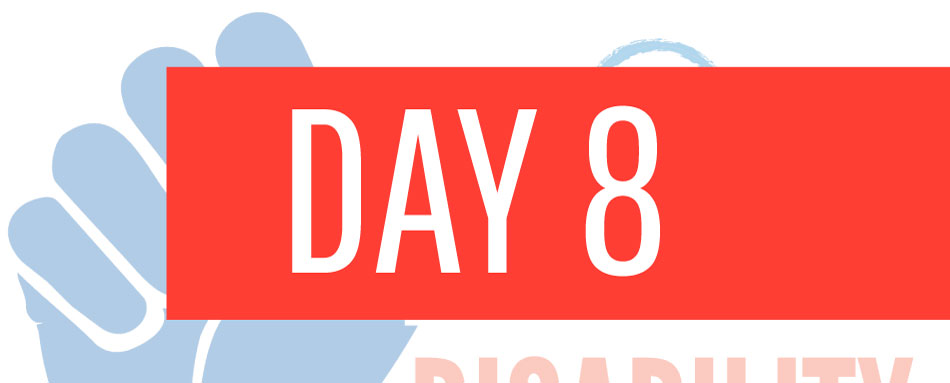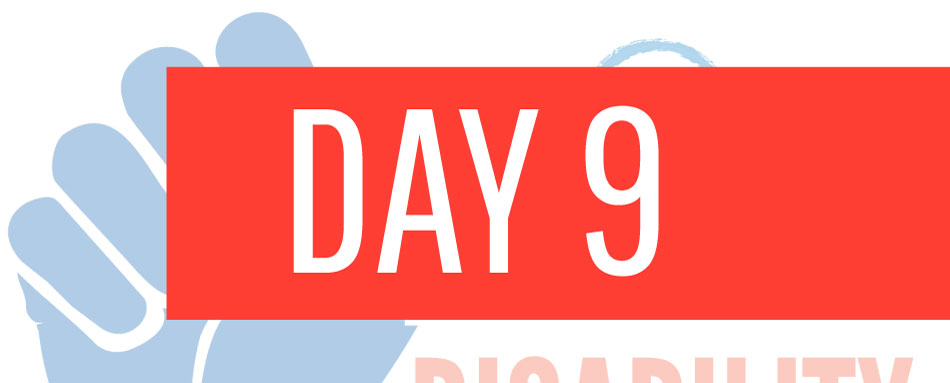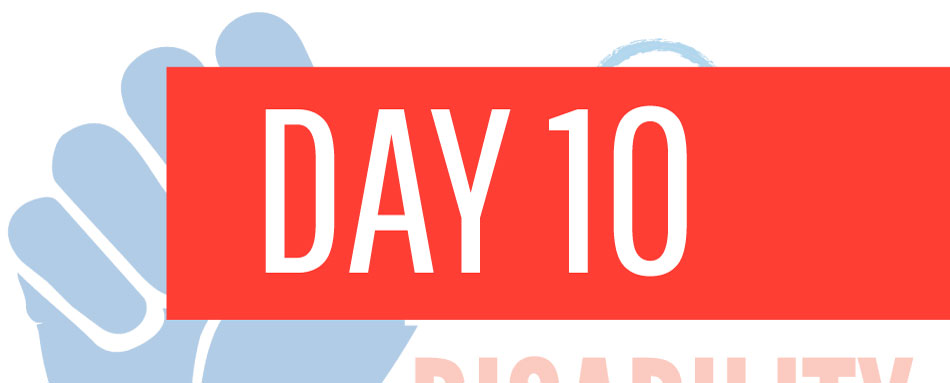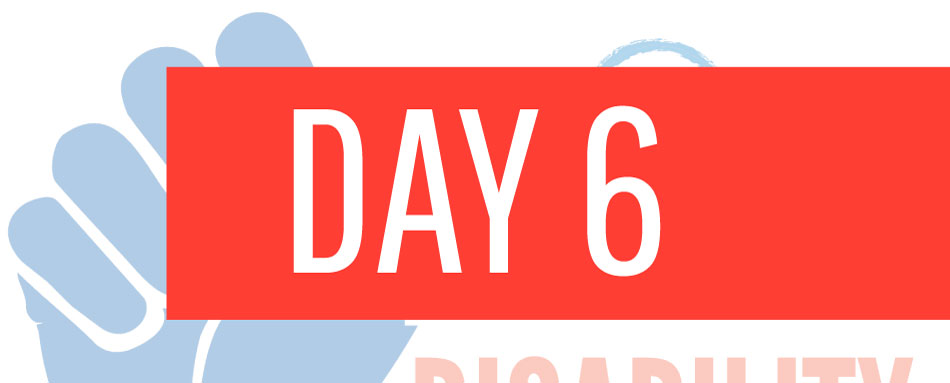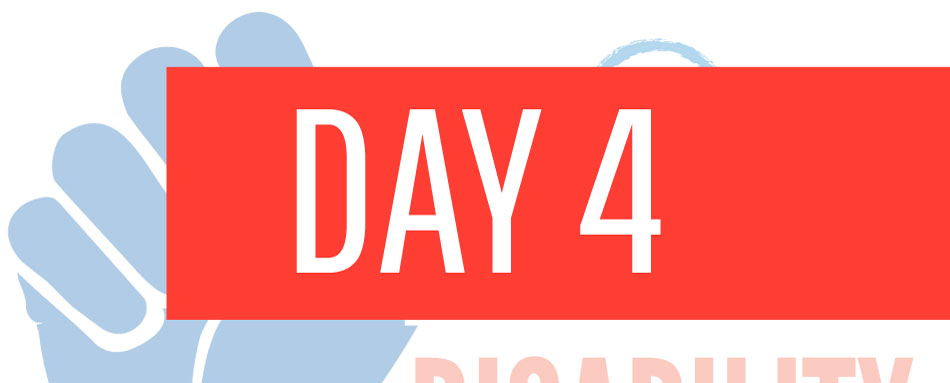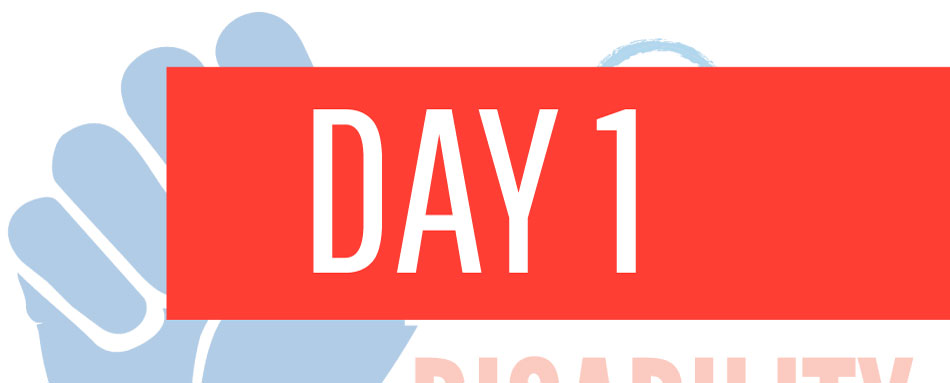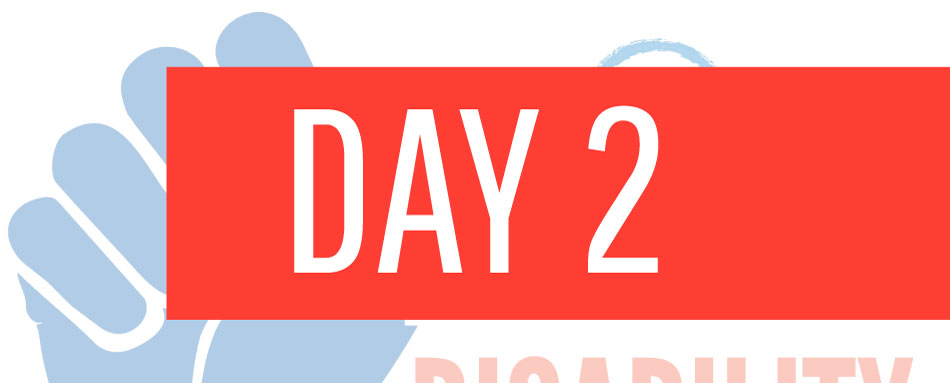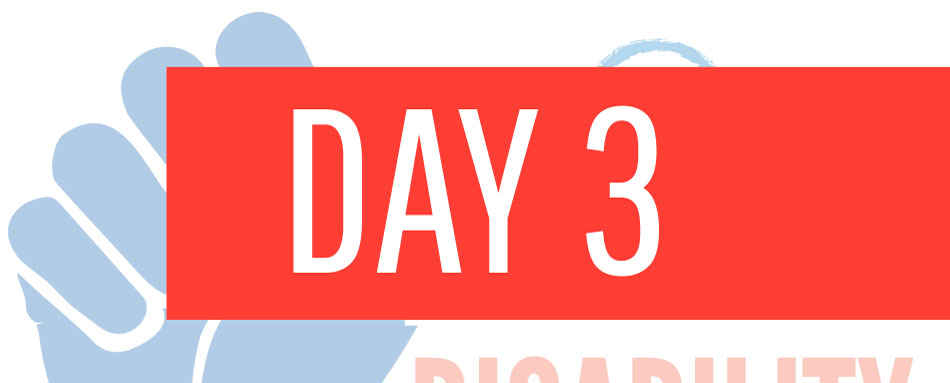21 Day Disability Justice Challenge
Day 11: Subminimum Wage & Sheltered Workshops
In the United States, it is still legal for some employers to pay workers with disabilities less than the federal minimum wage. When Congress passed the Fair Labor Standards Act of 1938, it federally mandated a minimum wage, but with exceptions. One such exception in the act is Section 14(c), and it is still federal…
Read MoreDay 7: Intersectionality
Every person holds multiple identities. These identities can include race, gender, sexuality, disability, socioeconomic status, religion, and more. It’s essential to acknowledge these different identities and their impact on the way each individual experiences the world. Recognizing this diversity helps us understand the complexity of people’s lives. Intersectionality is a concept that helps us understand…
Read MoreDay 8: Accessibility: Physical and Programmatic
When people hear the word “accessibility,” they may think of braille on bathroom signs, ramps, or accessible parking spaces and bathroom stalls, but accessibility is much more than a handful of design elements. Accessibility means people with disabilities have equal access to places, programs, services, and information without being obstructed by physical or programmatic barriers. …
Read MoreDay 9: Job Accommodations
According to the Bureau of Labor Statistics, in 2023, only 23% of people with disabilities in the United States were employed compared to 66% of people without disabilities. Although this is the highest employment rate ever recorded for people with disabilities in America, a significant gap remains. Factors contributing to lower employment rates for disabled…
Read MoreDay 10: Income Inequality
Economic injustice is a major issue affecting the disability community. Adults with disabilities are twice as likely to be unemployed and twice as likely to live in poverty as their non-disabled peers. Working disabled Americans over age 16 earn only 70 cents on the dollar when compared to their non-disabled peers. And even though people…
Read MoreDay 6: Ableism
In its simplest form, ableism is the belief system that tells us it is better to be non-disabled than it is to be disabled. It is the cultural message that many of us were taught when we were children. Ableism is evident in our society’s lack of inclusion and access for disabled people, excluding them…
Read MoreDay 4: Disability & The Media
According to the Centers for Disease Control and Prevention, approximately 27% of adults in the United States, or 1 in 4, have a disability. However, a recent study found that in the top 100 films of 2022, only 1.9% of characters with speaking roles were depicted as having a disability. A lack of visibility in…
Read MoreDay 1: Intro to Disability Justice
Whether you are a person with a disability, know someone with a disability, or have simply seen people with disabilities in public spaces, you probably have thoughts about what it means to have a disability. During this month, we invite you to learn more about disability—not from a position of pity, but from a position…
Read MoreDay 2: Disability Language
The language we use around any topic has meaning. We can easily project whether we value something or see it as inferior with the words we choose. Unfortunately, much of the language used around disability stigmatizes it as being a negative thing—something that is “sad” or “bad,” that must be “overcome,” or with which someone…
Read MoreDay 3: From Awareness to Acceptance
[Image description: A Venn diagram titled “Models of Disability” with two overlapping circles. One circle is labeled “Medical Model: Disability is caused by a person’s difference.” The second circle is labeled “Social Model: Disability is caused by the way society is organized.” The area where the two circles overlap is labeled “Holistic Model: Disability is…
Read More
